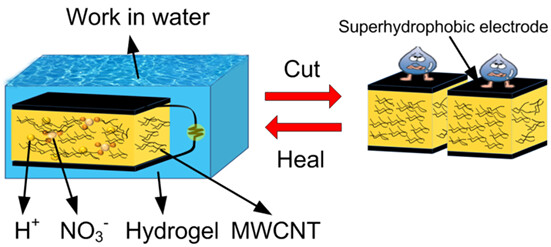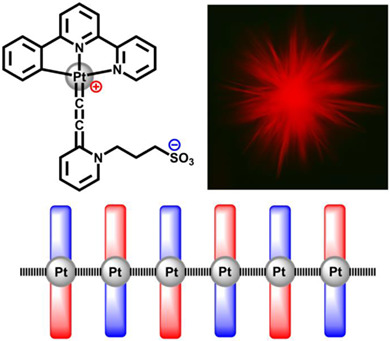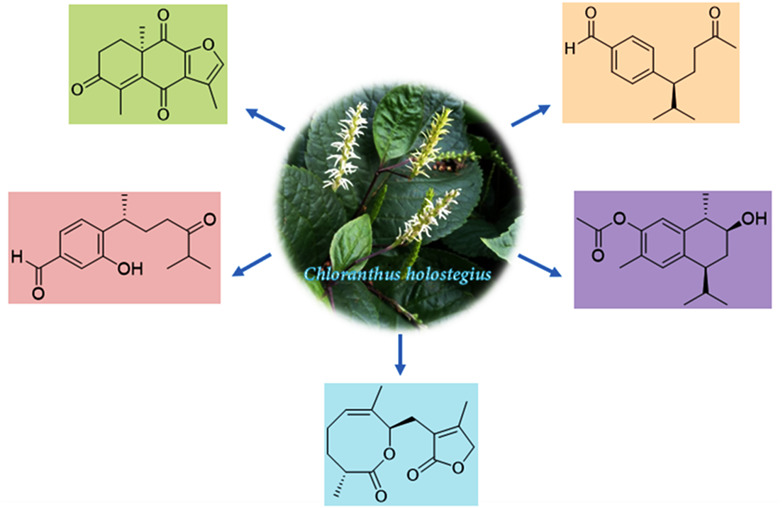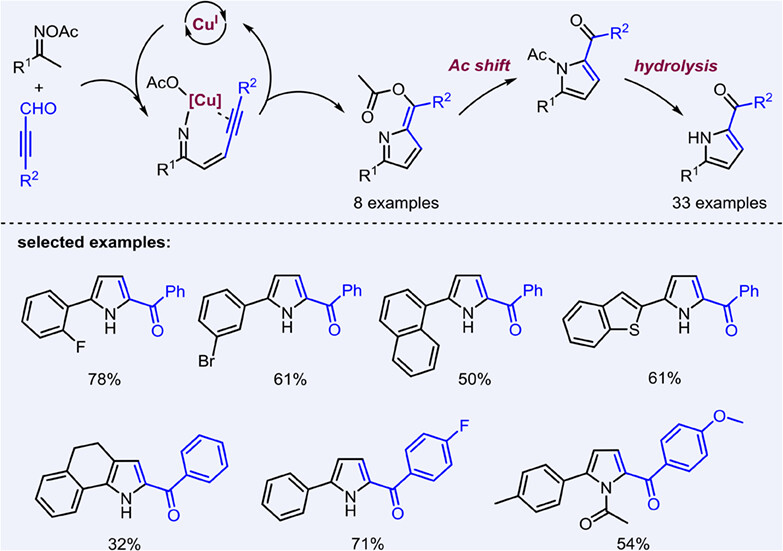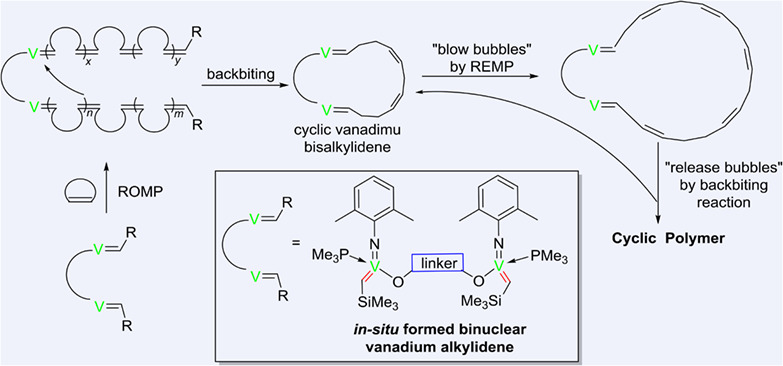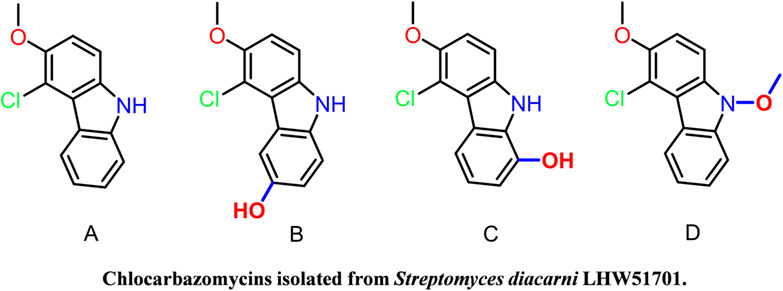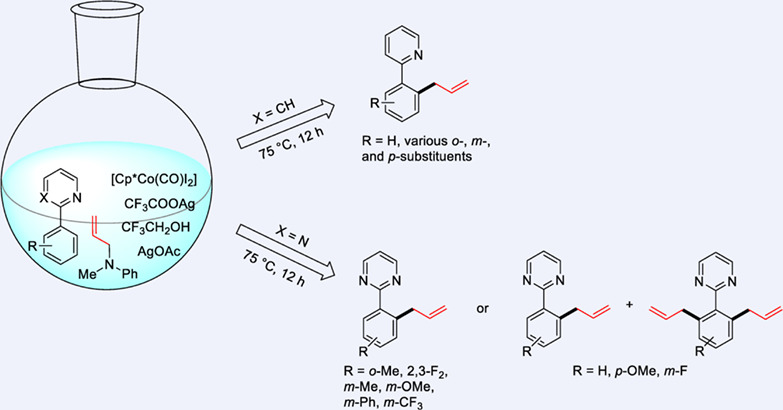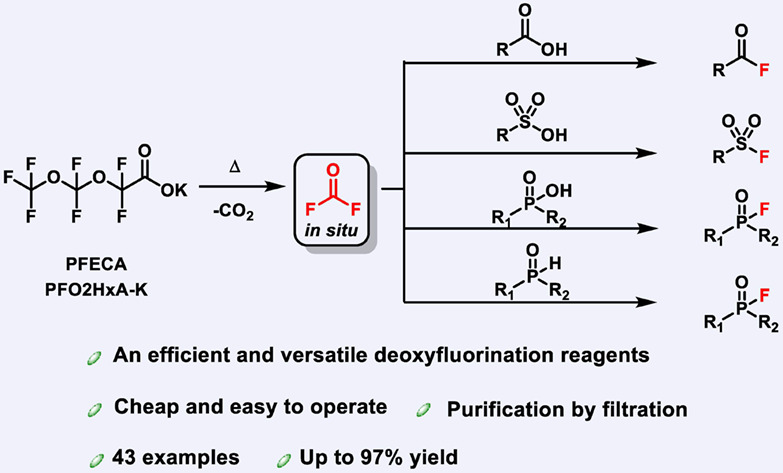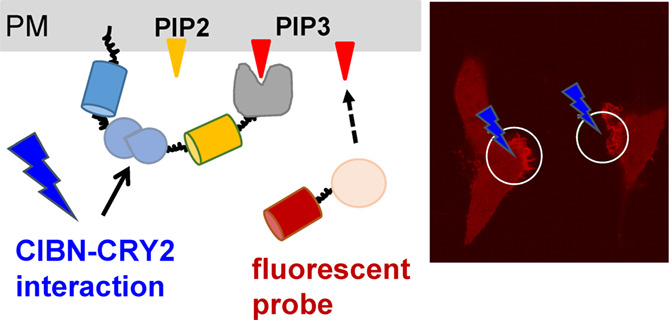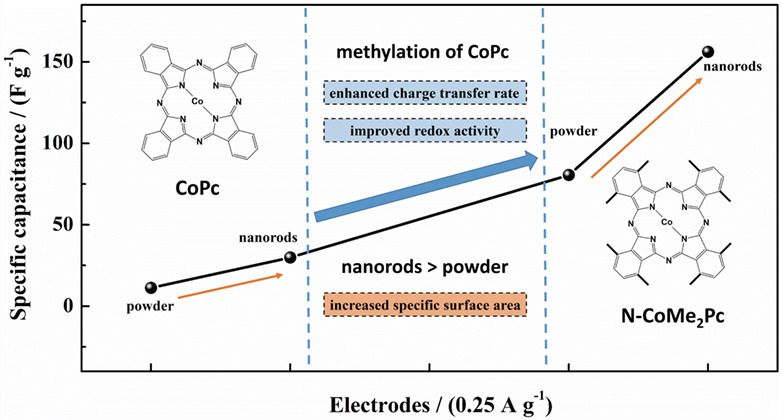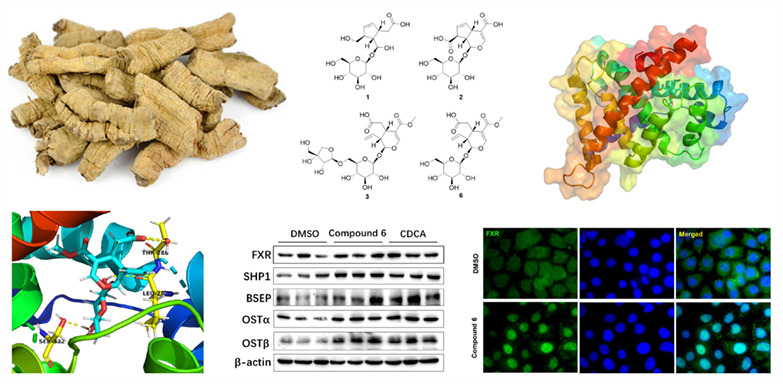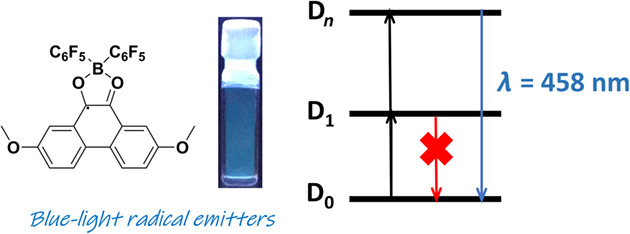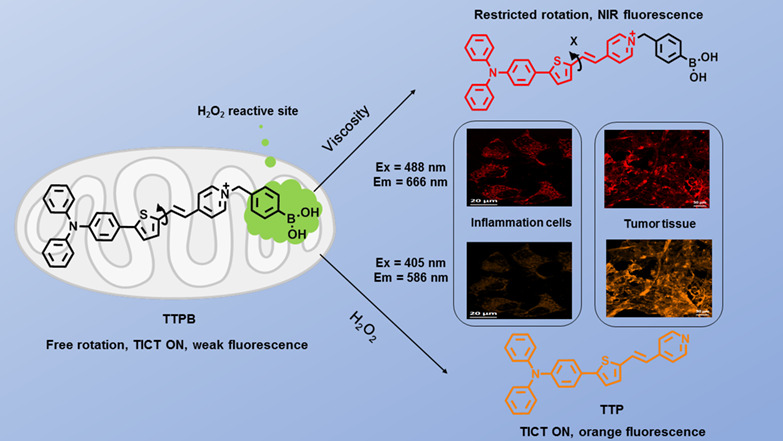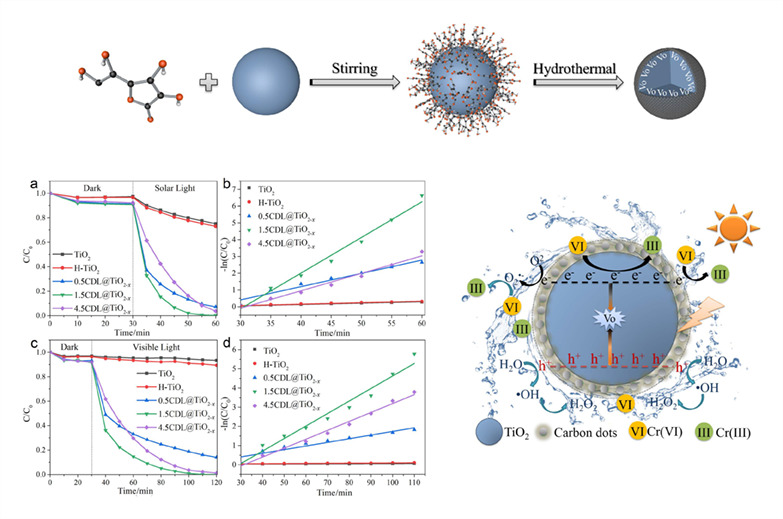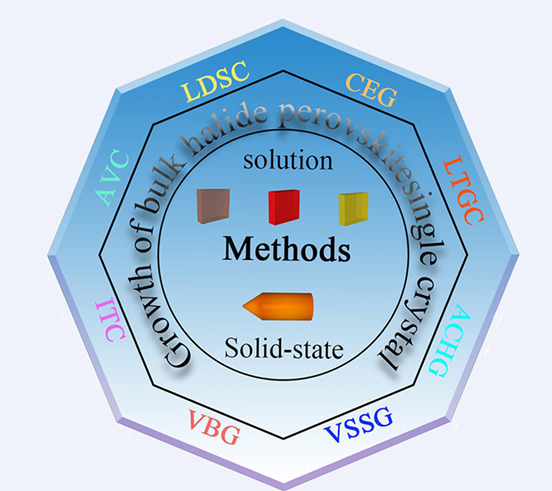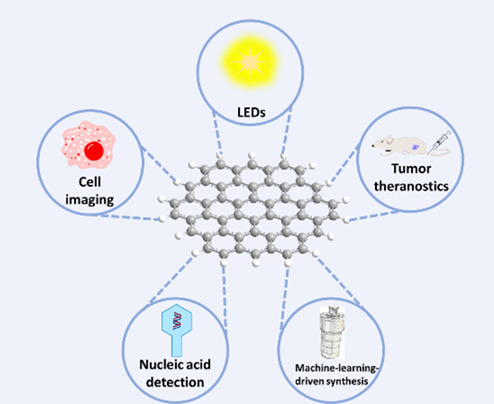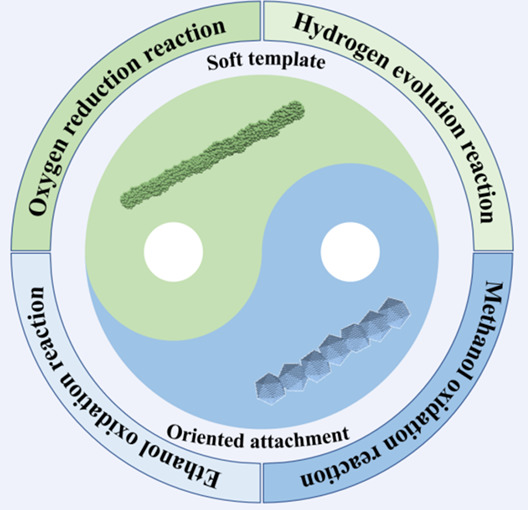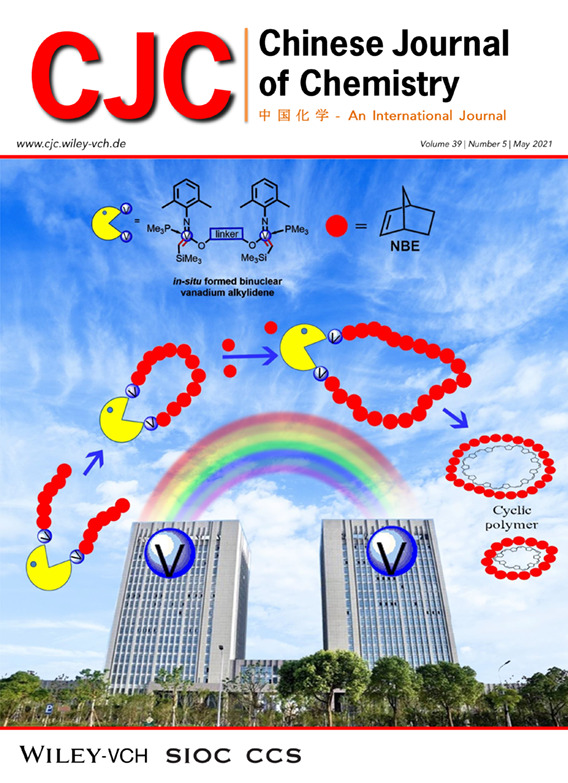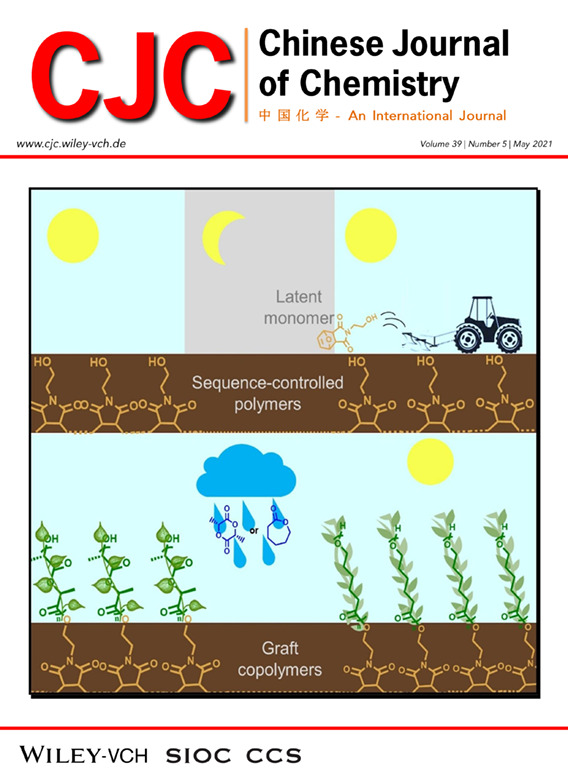Journal list menu
Export Citations
Download PDFs
Cover Picture
Cover Picture
- Page: 1033
- First Published: 28 April 2021
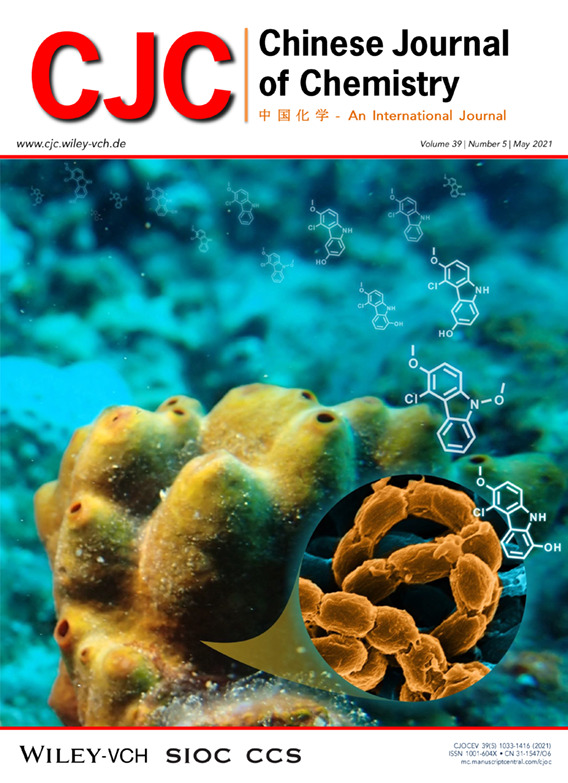
The cover picture shows four new chlorinated carbazole alkaloids, chlocarbazomycins (CCBs) A—D isolated from sponge associated bacterium Streptomyces diacarni LHW51701. Their structures were elucidated via spectroscopic techniques (including HRESIMS, 1D & 2D NMR), and X-ray crystallographic analysis. More details are discussed in the article by Lin on page 1188—1192.
Inside Cover Picture
Inside Cover Picture
- Page: 1034
- First Published: 28 April 2021
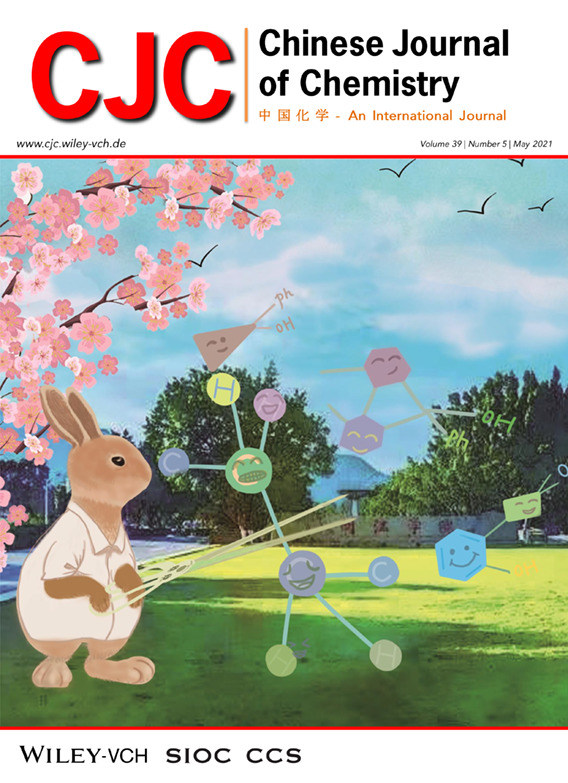
This review summarize the catalytic asymmetric carbon-carbon cleavage reactions. It has collected the transition-metal catalyzed enantioselective reactions where carbon-metal bond was formed during the carbon-carbon activation processes. In these reactions, the enantioselective step is either at the carbon-carbon cleavage step or the downstream reactions after the carbon-carbon bond being cleaved. More details are discussed in the article by Gu et al. on page 1397—1412.
Contents
Chemistry Author Up Close
Towards Economic and Sustainable Amination with Green and Renewable Feedstocks
- Pages: 1051-1069
- First Published: 10 November 2020
Catalytic Benzylation Reactions: From C—H Bond Activation to C—N Bond Activation
- Pages: 1070-1078
- First Published: 26 November 2020
Concise Reports
Fully Conjugated Ladder Polymers as Metal-Free Photocatalysts for Visible-Light-Driven Water Oxidation
- Pages: 1079-1084
- First Published: 18 December 2020
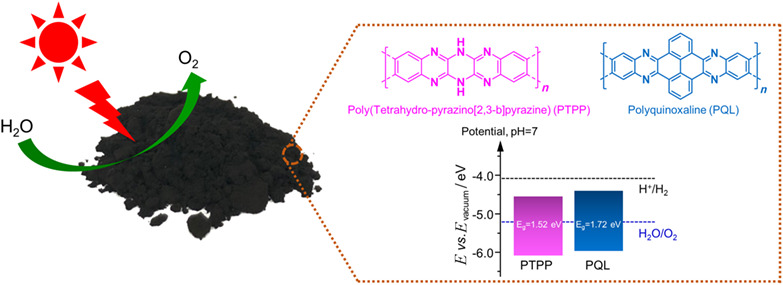
Two fully conjugated ladder polymers with suitable band structures are developed for visible-light-driven water oxidation. Our study highlights the potential of utilizing conjugated ladder polyemers for various photocatalytic applications considering that their chemical and electronic properties can be rationally designed from the molecular level.
Monoterpenoid Indole Alkaloids with Promoting Neurite Growth from Tabernaemontana divaricata
- Pages: 1085-1092
- First Published: 28 December 2020

Phytochemical investigations on Tabernaemontana divaricata led to the isolation of seven undescribed monoterpenoid indole alkaloids, taberdicatines A—G (1—7). Taberdicatines A—C might be derived from Aspidosperma-type alkaloid with less carbons in 1—2 and an additional carbon in 3. Taberdicatines D—E (4—5) were attributed to Iboga alkaloids with enantiomeric skeleton. Alkaloid 3 could promote the neurite growth of mouse primary cortical neurons at the concentration of 5 μmol/L.
Synthesis and Biological Evaluation of Quinazolonethiazoles as New Potential Conquerors towards Pseudomonas Aeruginosa
- Pages: 1093-1103
- First Published: 23 December 2020
Lithocarpins E—G, Potent Anti-Tumor Tenellone-Macrolides from the Deep-Sea Fungus Phomopsis lithocarpus FS508
- Pages: 1104-1112
- First Published: 10 January 2021
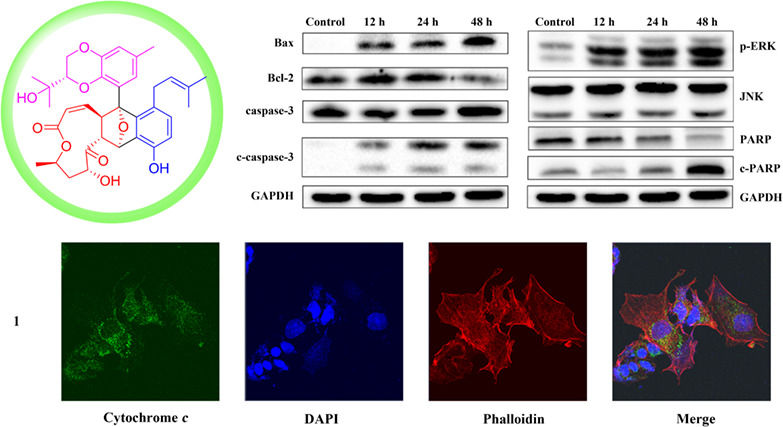
Three new tenellone-macrolide conjugated dimers lithocarpins E—G (1—3), featuring a fascinating 9,14- epoxynaphtho[2,3-e]oxecin-3(2H)-one skeleton, were isolated. Moreover, lithocarpin E showed an inhibitory effect against HepG2 cells with an IC50 value of 6.3 μmol/L, which induced the apoptosis of HepG2 cells by the up-regulation of apoptotic markers p-ERK, Bax, and caspase-3.
Sensing Mechanism of Excited-State Intermolecular Hydrogen Bond for Phthalimide: Indispensable Role of Dimethyl Sulfoxide
- Pages: 1113-1120
- First Published: 14 December 2020
Phase Engineering of CoMoO4 Anode Materials toward Improved Cycle Life for Li+ Storage†
- Pages: 1121-1128
- First Published: 10 January 2021
Guajamers A—I, Rearranged Polycyclic Phloroglucinol Meroterpenoids from Psidium guajava Leaves and Their Antibacterial Activity
- Pages: 1129-1137
- First Published: 05 January 2021
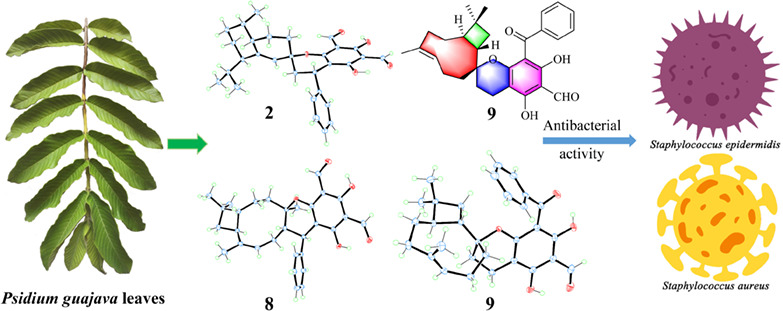
Eleven polycyclic phloroglucinol meroterpenoids (1—11), including nine new ones guajamers A—I (1—9), were isolated from the leaves of Psidium guajava. Compound 9 was the first case of 3-alkyl-5-formyl-benzoylphloroglucinol-coupled sesquiterpene containing an unusual C-1-spiro-fused 6/6/9/4 polycyclic skeleton. Most of them (2—7, 10, and 11) showed antibacterial activity against Staphylococcus aureus and Staphylococcus epidermidis with MIC values of 8—32 μmol/L.
CoSe2/MoS2 Heterostructures to Couple Polysulfide Adsorption and Catalysis in Lithium-Sulfur Batteries†
- Pages: 1138-1144
- First Published: 05 January 2021
Rhodium(II)-Catalyzed [4+3] Cyclization of Triazoles with Indole Derivatives and Its Application in the Total Synthesis of (±)-Aurantioclavine
- Pages: 1145-1152
- First Published: 05 January 2021
Superhydrophobic Flexible Supercapacitors Formed by Integrating Hydrogel with Functional Carbon Nanomaterials
- Pages: 1153-1158
- First Published: 14 December 2020
Phosphorescent Zwitterionic Pt(II) N-Heterocyclic Allenylidene Complexes: Metallophilicity and Ionic Self-Assembly†
- Pages: 1159-1167
- First Published: 05 January 2021
Sesquiterpenoids from the Whole Plants of Chloranthus holostegius and Their Anti-inflammatory Activities
- Pages: 1168-1174
- First Published: 08 December 2020
Cu-Catalyzed Cascade Cyclization of Ketoxime Acetates and Alkynals Enabling Synthesis of Acylpyrroles
- Pages: 1175-1180
- First Published: 22 January 2021
Synthesis of Cyclic Polyolefin: Ring-Opening Metathesis Polymerization by Binuclear Vanadium Complexes†
- Pages: 1181-1187
- First Published: 02 January 2021
Antimicrobial Chlorinated Carbazole Alkaloids from the Sponge-Associated Actinomycete Streptomyces diacarni LHW51701
- Pages: 1188-1192
- First Published: 31 January 2021
New Energetic Complexes as Catalysts for Ammonium Perchlorate Thermal Decomposition
- Pages: 1193-1198
- First Published: 28 January 2021

Four new energetic complexes (1) [Cu(vimi)4]DCA2, (2) [Co(vimi)4]DCA2, (3) [Ni(vimi)4]DCA2, and (4) [Cu(vimi)4]CBH2 (vimi: 1-vinylimidazole, DCA: dicyanamide anion, CBH: cyanoborohydride anion) were prepared, and their structures were characterized via single-crystal X-ray diffraction, elemental analysis, and Fourier-transform infrared spectroscopy.
Carbon Dots Promote the Performance of Anodized Nickel Passivation Film on Ethanol Oxidation by Enhancing Oxidation of the Intermediate†
- Pages: 1199-1204
- First Published: 28 January 2021
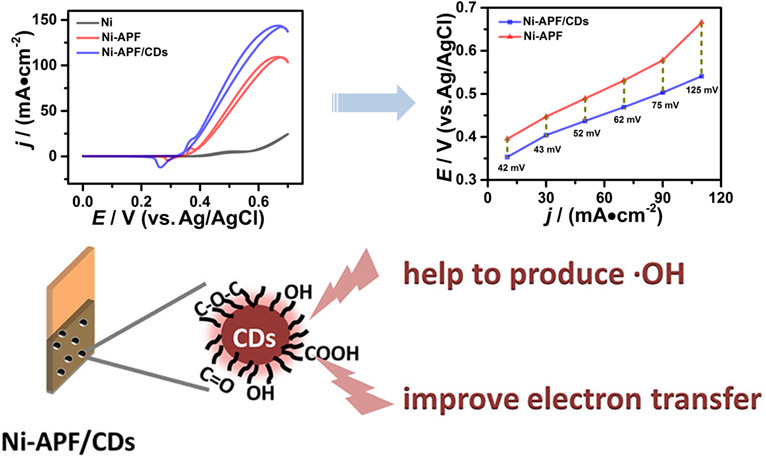
A layer of dense anodized nickel passivation film (Ni-APF) was formed on the surface of nickel sheet by anodic oxidation method, with carbon dots (CDs) as co-catalyst. Ni-APF/CDs showed 144.4 mA∙cm−2 peak current density at peak potential 0.662 V (vs. Ag/AgCl), which was 31% higher than that of Ni-APF (110.3 mA∙cm−2). In this system, CDs mainly function in the increase of charge-transfer capacity and the promotion oxidation of carbonaceous intermediates.
Cobalt-Catalyzed C—H Allylation of Arenes with Allylic Amines
- Pages: 1205-1210
- First Published: 28 January 2021
Synthesis of 3-Methylthioindoles via Intramolecular Cyclization of 2-Alkynylanilines Mediated by DMSO/DMSO-d6 and SOCl2
- Pages: 1211-1224
- First Published: 27 January 2021
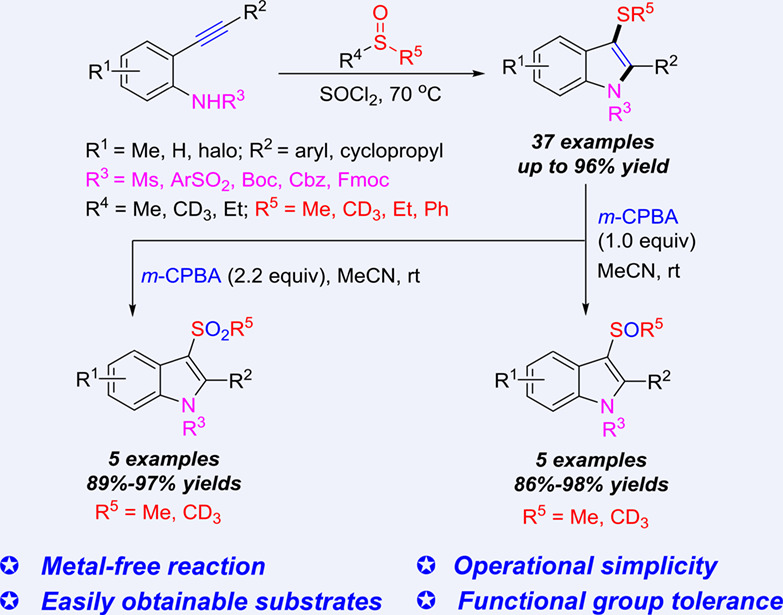
A variety of 3-methylthioindole and deuterated 3-methylthioindole derivatives were conveniently synthesized from the reaction of 2-alkynylanilines with DMSO/DMSO-d6 and SOCl2 via intramolecular cyclization/methylthiolation. Advantages of this method include the metal-free feature, readily availability of the substrates, mild reaction conditions, and synthesis of the deuterated 3-methylthioindoles.
Deoxyfluorination of Carboxylic, Sulfonic, Phosphinic Acids and Phosphine Oxides by Perfluoroalkyl Ether Carboxylic Acids Featuring CF2O Units
- Pages: 1225-1232
- First Published: 25 January 2021
Molten Salt Derived Graphene-Like Carbon Nanosheets Wrapped SiOx/Carbon Submicrospheres with Enhanced Lithium Storage†
- Pages: 1233-1239
- First Published: 27 January 2021
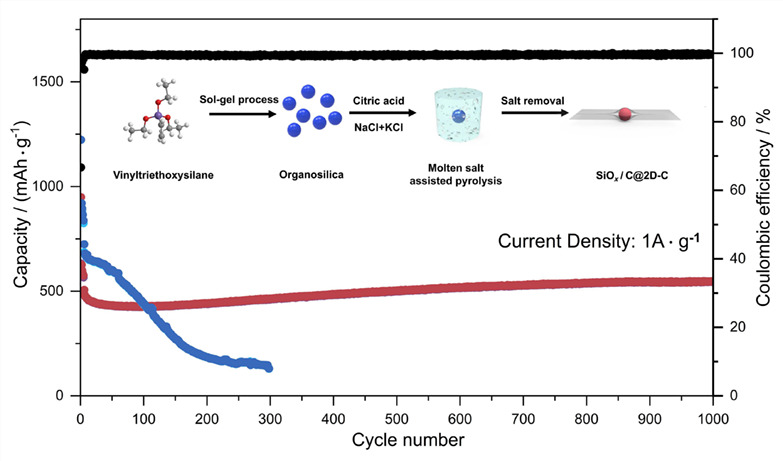
We have developed an inexpensive and scalable route to fabricate graphene-like carbon nanosheet wrapped SiOx/C submi-crospheres. The in-situ generated carbon nanosheets under molten salt condition can further improve the electroconductivity, re-strain the volumetric expansion and guarantee the structural integrity of the electrode.
Optogenetic Control of Phosphatidylinositol (3,4,5)-Triphosphate Production by Light-Sensitive Cryptochrome Proteins on the Plasma Membrane
- Pages: 1240-1246
- First Published: 21 January 2021
Evolution of Routes for Asymmetric Total Synthesis of Cyclocitrinol Enabled by Type II [5+2] Cycloaddition†
- Pages: 1247-1254
- First Published: 25 January 2021
![Evolution of Routes for Asymmetric Total Synthesis of Cyclocitrinol Enabled by Type II [5+2] Cycloaddition†](/cms/asset/2c9a061b-8c1b-4c3c-babd-2fd2b0873b06/cjoc202000698-toc-0001-m.jpg)
This manuscript reports the full detail of the asymmetric total synthesis of cyclocitrinol, an unusual C25 steroid with a unique bicyclo[4.4.1]undecene A/B ring system. Our initial synthetic studies to construct the desired bicyclo[4.4.1]undecene ring via type II [5+2] cycloaddition revealed that a chiral substituent at the allylic position of the alkene (C6) would control the stereoselective outcome of the cycloaddition reaction. Elaboration of the cycloadduct, involving dehydroation of the tertiary alcohol, lithium-amine promoted oxa-bridge cleavage, double oxidative deformylation and selective side chain introduction finished the synthesis of cyclocitrinol.
A Mild, General, Metal-Free Method for Desulfurization of Thiols and Disulfides Induced by Visible-Light
- Pages: 1255-1258
- First Published: 21 January 2021
Synthesis and Structure of a Series of Ti6-oxo Clusters Functionalized by in situ Esterified Dicarboxylate Ligands
- Pages: 1259-1264
- First Published: 10 January 2021
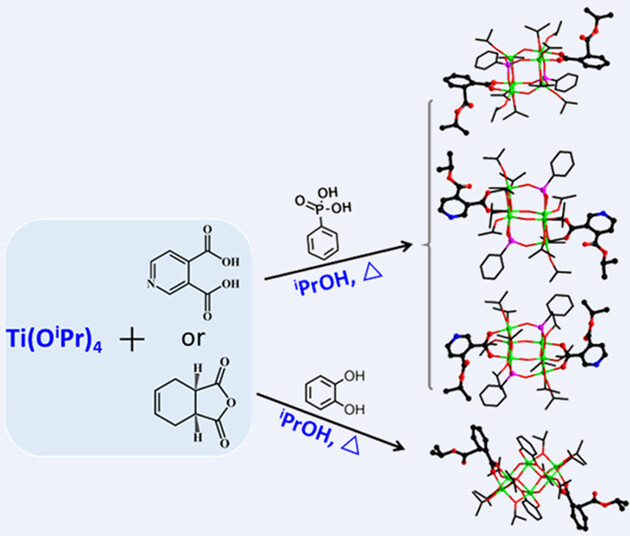
This work reveals a novel series of titanium-oxo clusters, PTC-267, PTC-268, PTC-269 and PTC-270, formed from in situ esterified ligands. These complexes offer rare examples of dicarboxylate-modified polyoxo-titanium clusters (PTCs) with ester groups and provide evidence for the production of water by an in situ esterification reaction.
Boosting the Capacitive Performance of Cobalt(II) Phthalocyanine by Non-peripheral Octamethyl Substitution for Supercapacitors†
- Pages: 1265-1272
- First Published: 12 January 2021
Bridging from the Sequence to Architecture: Graft Copolymers Engineering via Successive Latent Monomer and Grafting-from Strategies†
- Pages: 1273-1280
- First Published: 11 January 2021
Electrocatalytic CO2 Reduction with Re-Based Spiro Bipyridine Complexes: Effects of the Local Proton in the Second Coordination Sphere†
- Pages: 1281-1287
- First Published: 21 January 2021
Discovery of New Iridoids as Farnesoid X Receptor Agonists from Morinda officinalis: Agonistic Potentials and Molecular Stimulation
- Pages: 1288-1296
- First Published: 20 December 2020
Stable Boron-Containing Blue-Photoluminescent Radicals
- Pages: 1297-1302
- First Published: 26 March 2021
A Mitochondria-Specific Orange/Near-Infrared-Emissive Fluorescent Probe for Dual-Imaging of Viscosity and H2O2 in Inflammation and Tumor Models
- Pages: 1303-1309
- First Published: 22 April 2021
Comprehensive Reports
Facile Construction of Carbon Dots Layer and Oxygen Vacancies Simultaneously onto TiO2 to Enhance Photoreduction Activity
- Pages: 1310-1318
- First Published: 17 January 2021
Synthesis, Antimicrobial Activity, and Molecular Docking of Benzoic Hydrazide or Amide Derivatives Containing a 1,2,3-Triazole Group as Potential SDH Inhibitors
- Pages: 1319-1330
- First Published: 22 January 2021
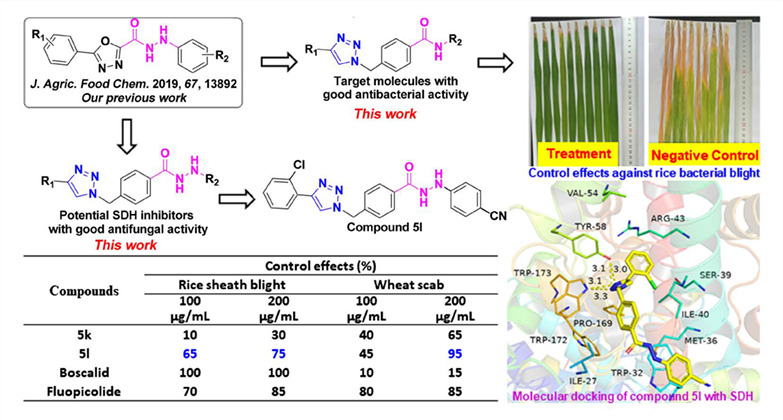
Graphical Abstrct
Benzoic hydrazide or amide derivatives containing a 1,2,3-triazole group were synthesized and their in vitro and In vivo antifungal and antibacterial activities were screened. Antifungal bioassay showed that compound 5l was effective for the control of rice sheath blight and wheat scab with the effects of 75% and 95%, respectively. Further studies suggested that target compounds were potential succinate dehydrogenase inhibitors (SDHIs). Interestingly, compounds 5r and 5s displayed superior control effects against rice bacterial blight (up to 51%) than commercial agents Bismerthiazol and Thiodiazole copper.
Uncarialins J—M from Uncaria rhynchophylla and Their Anti-depression Mechanism in Unpredictable Chronic Mild Stress-Induced Mice via Activating 5-HT1A Receptor
- Pages: 1331-1343
- First Published: 02 January 2021
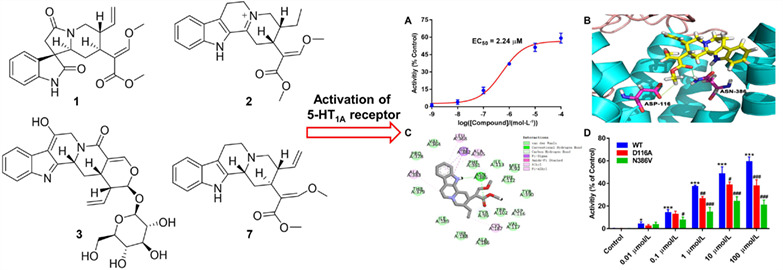
The investigation of U. rhynchophylla led to the isolation of four new compounds uncarialins J—M (1—4) and seven known analogues (5—11). Compounds 1, 2, 7, and 9—11 displayed significant agonistic effects towards 5-HT1A receptor with EC50 values of 1.18—7.86 μmol/L. Hirsuteine (7) displayed a significant antidepression effect in UCMS-induced depression mice via regulating 5-HT1A receptor interacted with Asp116 and Asn386.
Cornerstones in Chemistry
Frustrated Lewis Pair Catalysis: It Takes Two to Make a Thing Go Right
- Pages: 1344-1352
- First Published: 04 January 2021
Recent Advances
Solution and Solid-Phase Growth of Bulk Halide Perovskite Single Crystals
- Pages: 1353-1363
- First Published: 22 December 2020
Recent Advance in Carbon Dots: From Properties to Applications
- Pages: 1364-1388
- First Published: 19 December 2020
Recent Advances in Pt-Based Ultrathin Nanowires: Synthesis and Electrocatalytic Applications†
- Pages: 1389-1396
- First Published: 21 January 2021
J&K Critical Review
Transition-Metal-Catalyzed Carbon-Carbon Bond Activation in Asymmetric Synthesis
- Pages: 1397-1412
- First Published: 10 December 2020




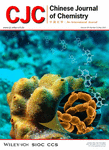

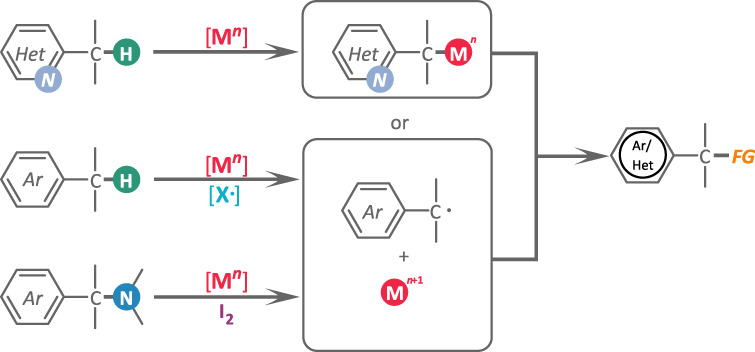
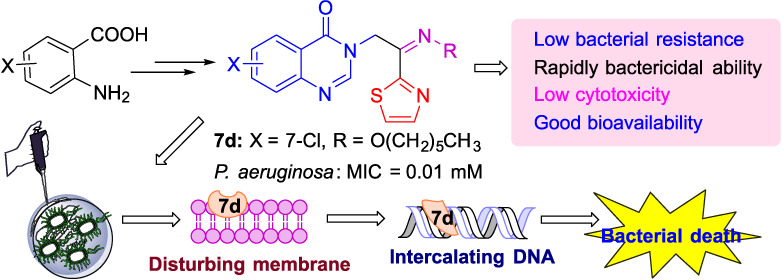
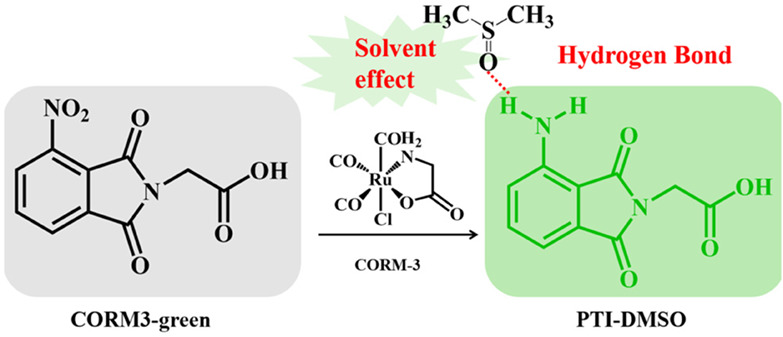


![Rhodium(II)-Catalyzed [4+3] Cyclization of Triazoles with Indole Derivatives and Its Application in the Total Synthesis of (±)-Aurantioclavine](/cms/asset/2198de5f-1c5e-4943-b34d-e7357a239822/cjoc202000657-toc-0001-m.jpg)
